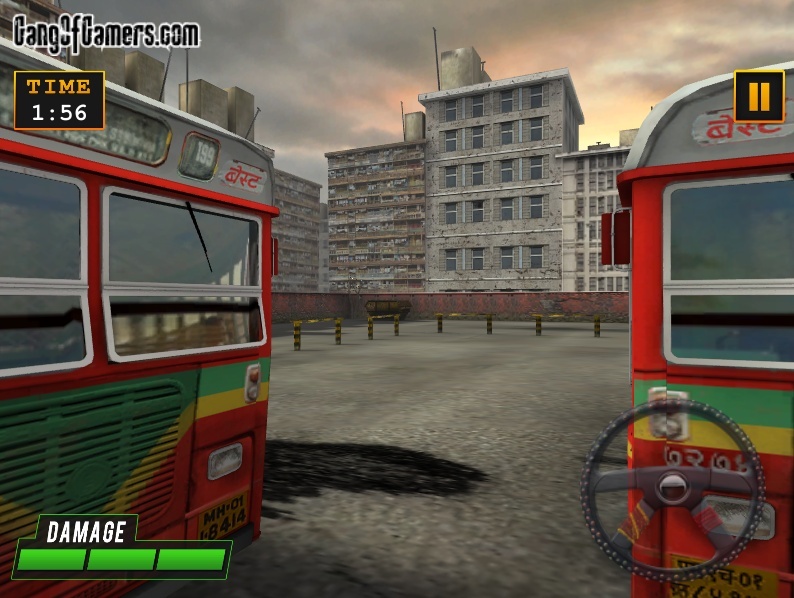
- #Unity web player vehicle test how to
- #Unity web player vehicle test code
- #Unity web player vehicle test download
- #Unity web player vehicle test free
First, the Unity Engine collects information from the connected devices and sends corresponding events, like a button click, to the Input System.Sometimes it’s easier to understand a new workflow if you can visualize it, so take a look at the image below:
#Unity web player vehicle test code
PlayerInput: PlayerInput is a script that manages and links action events to the corresponding code logic. You’ll find this information in the Input Action Assets, too. Bindings: Bindings describe the connection between an action and the input device controls. You can find that information in the Input Action Assets. Actions: Actions define the logical meanings of the input. Input Action Assets: A settings file that contains the properties of the actions and their associated bindings. The new Input System has four building blocks that funnel events from player devices to your game code: For more details, check out Unity’s Supported Devices Documentation. Note: The Input System also supports devices that implement the USB HID specification. With the increased flexibility from the Input System’s new architecture, Unity can support many different input devices, including: Support for Multiple Devices and Platforms #Unity web player vehicle test free
Here’s a demo of the Input Debugger in action:įeel free to keep the Input Debugger open while you work through the tutorial.

Open this by double-clicking the device from the device list in the Input Debugger window. It also provides real-time information about a specific device.
Setting: The configuration of the input system. Layout: Which controls those devices provide. Device: Information about the connected devices. The state of the Input System, including: The Input Debugger helps developers by gathering the following information in one place: Open it by selecting Window ▸ Analysis ▸ Input Debugger from the menu. The Input System provides you with a new tool called Input Debugger. Gathering Information With the Input Debug Tool You don’t need to know which device the player is using or which button they’re clicking.Īn input event in the new system is called an action, while the mapping between an action and an input device is a binding. That means you only have to handle the actions the players trigger. The new Input System separates device input from code actions. The code uses if-else branching to handle support for different devices and their associated actions. Return Input.GetAxis("Gamepad Fire") >= triggerAxisThreshold The following code, which supports both gamepads and keyboards, is an example of the old way of doing things: bool isGamepad = Input.GetAxis("Gamepad Fire") != 0f The old input system checked input from different devices every frame to determine whether players took an action. 
What’s New in the Unity Input Systemīefore diving into the code, take a look at the new Input System’s features.

#Unity web player vehicle test how to
You’ll learn how to use the new Input System to replace the old system later in the tutorial. Open GameScene from the Scenes folder and click Play to try the game for yourself!Ĭurrently, the Move and Jump controls use the old Unity Input Manager. You control the player character by moving around and jumping to collect coins. The starter project is a simple platformer game.
Textures: The graphics used by Materials and UIs. 
Shaders: Shaders for special effects like the player’s shadow.Settings: The settings file, which is where you’ll put the input settings.Prefabs: Pre-built components composed of Scripts and Models.Models: 3D meshes for the player character and game environments.Take a look at the organization of the folder: Unzip its contents and open NewUnityInputSystem-Starter in Unity.Īfter the project loads, you’ll see the RW folder in the Project Window:
#Unity web player vehicle test download
If you’re new to Unity development, check out our tutorial on Getting Started In Unity.įirst, download the starter project for this tutorial using the Download Materials button at the top or bottom of this page. Note: Although this tutorial is for beginners, you’ll need to have some basic knowledge of Unity development and how to work with Unity Editor to complete it.








 0 kommentar(er)
0 kommentar(er)
